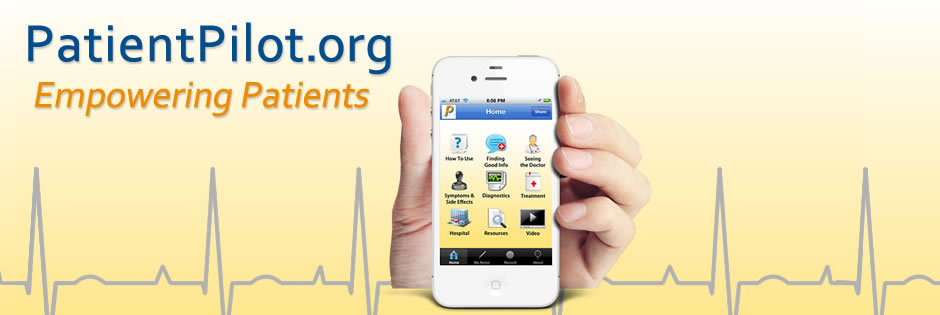Inadequate communications between patients and healthcare providers can have grave consequences for patients and indeed for our healthcare system. Poor doctor-patient communications are a major factor contributing to the unacceptable number of medical errors that harm patients every year. In a 2010 report, the Inspector General of the US Department of Health and Human Services concluded that among Medicare patients alone, there are 180,000 deaths annually due to medical errors. According to a study published in 2013 in the Journal of Patient Safety, “… the true number of premature deaths associated with preventable harm to patients was estimated at more than 400,000 per year.”
The US Department of Health & Human Services’ Agency for Healthcare Research and Quality (AHRQ) found in its Patient Safety Initiative that “Communication problems represent the most common cause of medical errors…” Those problems, the AHRQ says, include failures of communication “between health care providers and patients.”
The HHS Inspector General wrote in an op-ed:
Vigilance saves lives. Family members with hospitalized loved ones should educate themselves regarding medical treatment and expected outcomes and speak up when things go awry. Hospital staff should treat patients and their families as partners, welcoming family monitoring of patients as an additional safeguard against poor medical outcomes.
The AARP Public Policy Institute stated in its report, “Chronic Care: A Call to Action for Health Reform”:
Lapses in care can arise for reasons that relate to both providers and patients. These lapses often result from poor or incomplete communication and/or understanding.
PatientPilot’s mission is to help patients be informed, vigilant and able to speak up about their healthcare. To achieve this, PatientPilot distributes digital tools and other materials that guide patients in communicating with their healthcare providers. The use of digital media, or “e-tools” in fostering improved healthcare and patient self-advocacy is critical. The ONC has emphasized its importance:
The appeal, reach, and potential of e-health to engage diverse populations appear strong. Despite concerns about the “digital divide,” a 2012 study found that age, education, and income levels are not accurate indicators of patients’ willingness to adopt personal health records… Patient engagement via e-health may be an undervalued tool for reducing health disparities.
“A National Action Plan To Support Consumer Engagement Via E-Health” Health Aff February 2013 32:2376-384
PatientPilot’s goal is simply to leverage the most effective tools – whether digital or other mechanisms – to help patients be better informed and better able to communicate with their healthcare providers.




